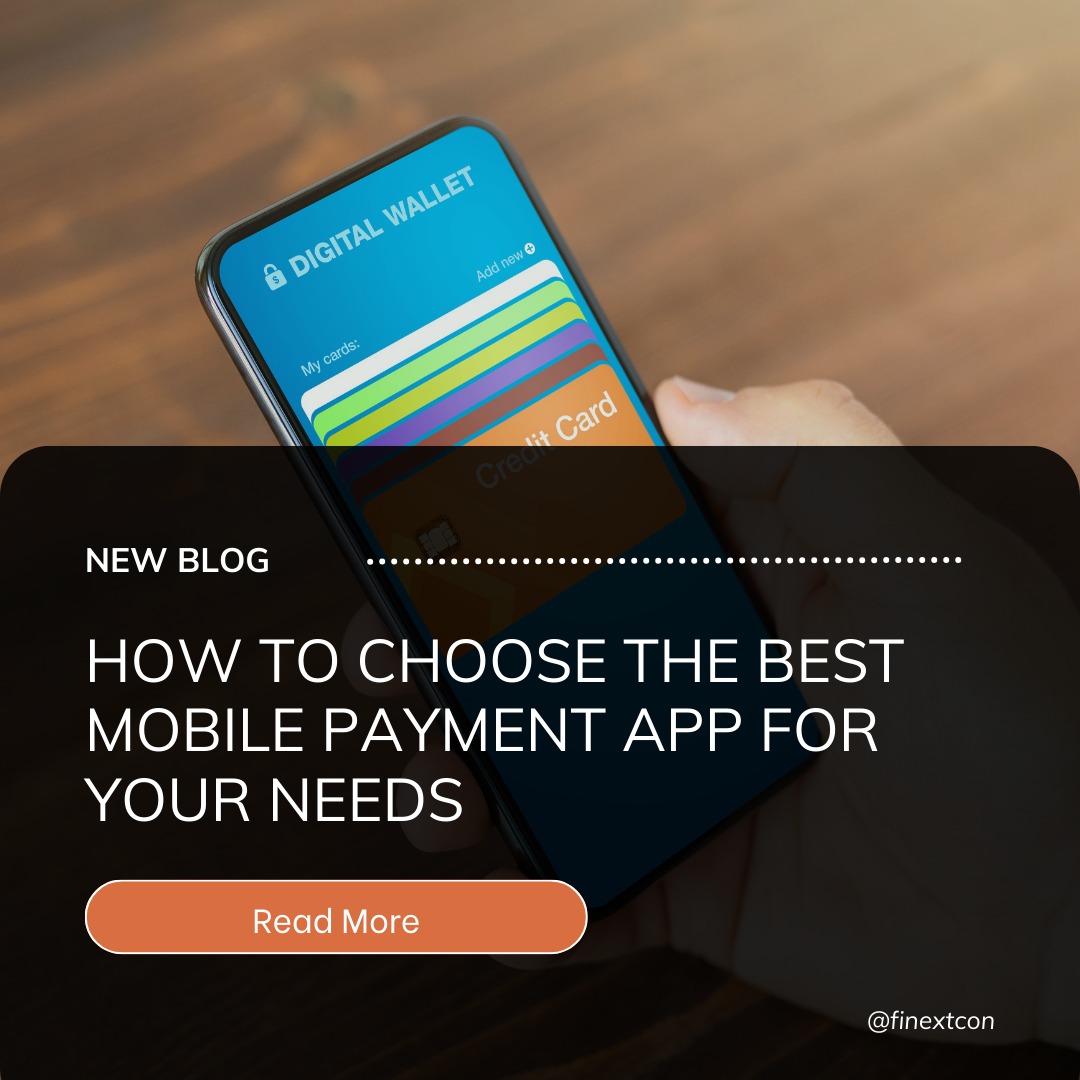In today’s fast-paced world, mobile payment apps have become an essential tool for managing finances, making purchases, and transferring money. With so many options available, it can be overwhelming to choose the right one for your needs. Whether you’re looking for ease of use, robust security, or specific features, here’s a guide to help you select the best mobile payment app.
1. Understand Your Needs
Before diving into the features of various apps, it’s important to identify what you need from a mobile payment app. Consider the following questions:
- Do you need the app primarily for personal use, business transactions, or both?
- Will you be using it for domestic or international transactions?
- Are you looking for an app that offers rewards, cashback, or other incentives?
- Do you need an app that integrates with other financial tools or platforms you use?
2. Ease of Use
A user-friendly interface is crucial for a seamless experience. Look for apps that offer:
- Intuitive navigation and simple setup processes.
- Quick and easy access to essential features.
- Clear instructions and support for common tasks such as sending money, making payments, and checking balances.
3. Security Features
Security is paramount when dealing with financial transactions. Ensure the app you choose has:
- Strong encryption to protect your data.
- Two-factor authentication (2FA) for an added layer of security.
- Fraud detection and protection measures.
- Regular updates to address any security vulnerabilities.
4. Compatibility
Make sure the app is compatible with your devices and preferred platforms. Check if it works on:
- Both iOS and Android devices.
- Other devices you may use, such as tablets or smartwatches.
- Various payment methods, including credit/debit cards, bank accounts, and digital wallets.
5. Fees and Charges
Different apps have varying fee structures. Consider:
- Transaction fees for sending or receiving money.
- Fees for international transactions or currency conversion.
- Any hidden charges or subscription costs.
- Compare these fees with the benefits offered to ensure you’re getting good value.
6. Transfer Speed
The speed at which you can transfer money can be a critical factor, especially for business transactions. Look for apps that offer:
- Instant or near-instant transfers for urgent transactions.
- Clear timelines for different types of transfers (e.g., domestic vs. international).
7. Customer Support
Reliable customer support can make a significant difference. Ensure the app provides:
- 24/7 customer service via multiple channels (phone, email, chat).
- Comprehensive FAQs and user guides.
- Active user communities or forums for peer support.
8. Additional Features
Some mobile payment apps come with extra features that might be beneficial for you, such as:
- Rewards programs offering cashback, points, or discounts.
- Budgeting tools to help manage your finances.
- Integration with other apps and services, like accounting software for businesses.
9. User Reviews and Ratings
Lastly, take some time to read user reviews and ratings. These can provide valuable insights into the app’s performance and user satisfaction. Pay attention to:
- Common issues or complaints.
- Positive feedback on specific features or overall experience.
- Updates from the developers addressing user concerns.
Conclusion
Choosing the best mobile payment app involves assessing your needs and comparing the features, security, fees, and support offered by various apps. By taking the time to research and evaluate your options, you can find a mobile payment app that fits seamlessly into your financial life, providing convenience, security, and added benefits. Happy app hunting!
